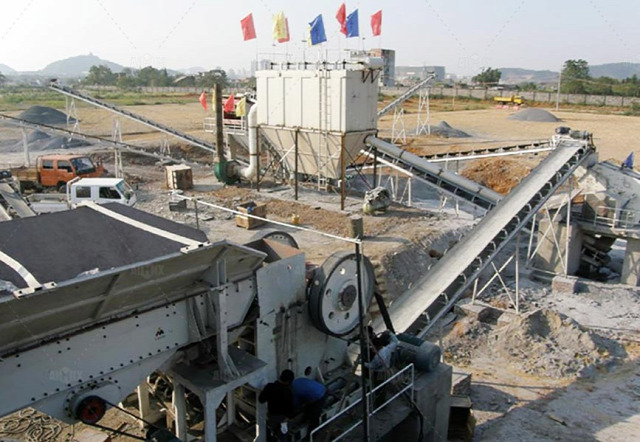The operation of a stone crushing plant involves numerous visible costs such as equipment purchase and labor. However, beneath these overt expenses lie several hidden costs that can significantly impact the profitability and sustainability of the operation. Identifying and accounting for these concealed expenses is crucial for accurate pricing and efficient management. This article explores the hidden costs associated with operating a stone crushing plant, covering maintenance and repairs, energy consumption, and environmental compliance.
Maintenance and Repairs
Regular Maintenance
Routine maintenance is an indispensable part of any stone crushing plant operation. Although often overlooked, the costs associated with regular maintenance can be substantial. Scheduled inspections, lubrication, and replacement of wear parts such as jaw plates, blow bars, and conveyor belts are necessary to keep the equipment running smoothly. Neglecting regular maintenance can lead to unexpected breakdowns, resulting in costly downtime and reduced productivity. Therefore, it is essential to factor in the expenses of routine maintenance to ensure the longevity and efficiency of the equipment.

Unexpected Repairs
In addition to regular maintenance, unforeseen repairs can pose significant financial burdens. Mechanical failures, electrical issues, and structural damages can occur unexpectedly, necessitating immediate attention and repair. The costs of emergency repairs are often higher due to the urgency and potential need for specialized technicians or parts. Additionally, the downtime caused by these unexpected repairs can lead to further financial losses. Consequently, it is crucial to allocate a budget for unplanned repairs and have contingency plans in place to mitigate their impact on the overall operation.
Energy Consumption
Power Requirements
Stone crushing plants are energy-intensive operations. The power requirements for operating crushers, conveyors, screens, and other auxiliary equipment can be substantial. High electricity consumption translates into significant utility bills, which can add up quickly over time. Moreover, energy prices can fluctuate, adding another layer of complexity to cost management. To accurately price a portable crushing and screening plants operation, it is vital to consider the power requirements and incorporate the associated energy costs into the financial calculations.
Efficiency and Optimization
Improving the energy efficiency of the stone crushing plant can lead to considerable cost savings. Investing in energy-efficient equipment and implementing optimization strategies can reduce power consumption and lower utility expenses. For instance, using variable frequency drives (VFDs) for motor control, optimizing crushing circuits, and ensuring proper material flow can enhance energy efficiency. However, these improvements often require an initial investment, which should be factored into the overall cost analysis. Balancing the upfront costs with long-term savings is crucial for achieving optimal operational efficiency.

Environmental Compliance
Regulatory Requirements
Operating a stone crushing plant involves complying with various environmental regulations and standards. These regulations are designed to minimize the environmental impact of the operation and protect public health. Non-compliance can result in hefty fines, legal actions, and reputational damage. Therefore, it is essential to understand and adhere to all relevant environmental regulations, including air quality standards, noise limits, and waste management protocols. The costs associated with obtaining permits, conducting environmental assessments, and implementing mitigation measures should be included in the pricing of the operation. Get best price here: https://aimixgroup.com/stone-crusher-plants/price/.
Sustainable Practices
In addition to regulatory compliance, adopting sustainable practices can contribute to long-term cost savings and enhance the reputation of the stone crushing plant. Implementing dust suppression systems, recycling water, and utilizing environmentally friendly materials can reduce the environmental footprint of the operation. While these practices may involve initial investments, they can lead to reduced regulatory scrutiny, lower waste disposal costs, and improved community relations. Therefore, incorporating sustainability initiatives into the cost structure is a prudent approach for a forward-thinking stone crushing plant operation. When pricing a stone crushing plant operation, it is imperative to consider the hidden costs associated with maintenance and repairs, energy consumption, and environmental compliance. By accounting for these often-overlooked expenses, operators can develop a more accurate and comprehensive financial plan. This approach not only ensures the sustainability and profitability of the operation but also fosters responsible and efficient management practices. Recognizing and addressing the hidden costs is essential for the long-term success of any stone crushing plant.

